
The color tone of deep blue represents the solemnity, elegance and sublimity.
The color with low brightness represents dignity, deepness and distance.
The head portrait of lion represents the king style and leaders' quality.
The portrait of forequarters represents the noble quality of silence and resilience.
The divergent patterns represent the delicacy and exquisiteness of the texture.
The smooth line represents the inheritance of the consistent outstanding quality.
Embroider: Use tools like needle or spindle to repeatedly deform and puncture the silk or other fibers on the silk or cloth with the creative or fixed patterns and colors and constitute the aesthetic work with the trace of the operation. It is a fine art which is applied with materials like needle and line to add the subjective planning and making of humans to any attachment available. It is not only a kind of unique handcraft technology, but also one of the most ancient luxuries in the world. It is even the world recognized important intangible cultural relics.
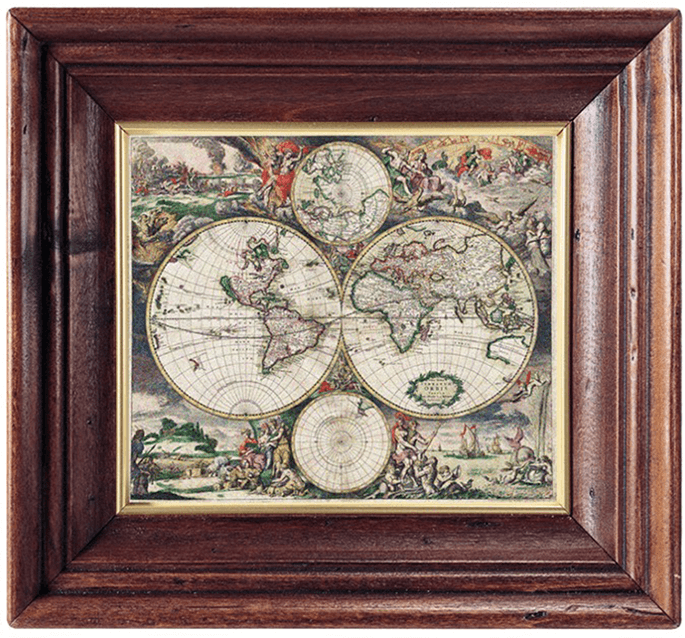
<Map of the World >
Embroiderer: Robert Burns
Completed on: 1886
Now in the British National Maritime Museum
Completed on: 1886
Now in the British National Maritime Museum
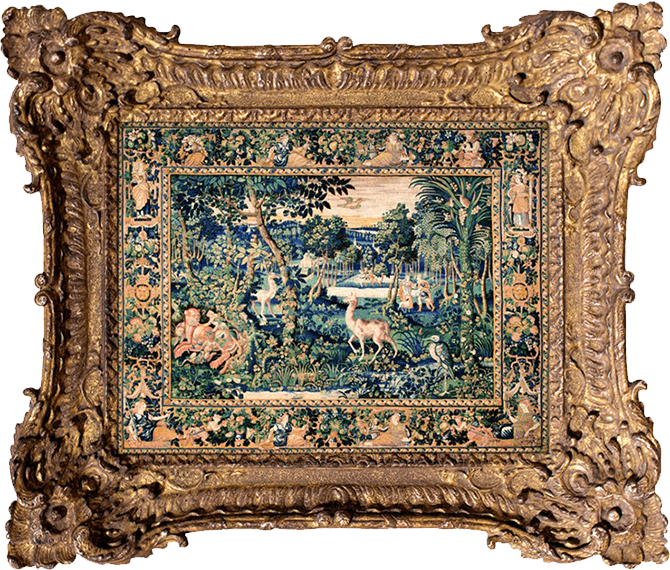
<Garden of Eden >
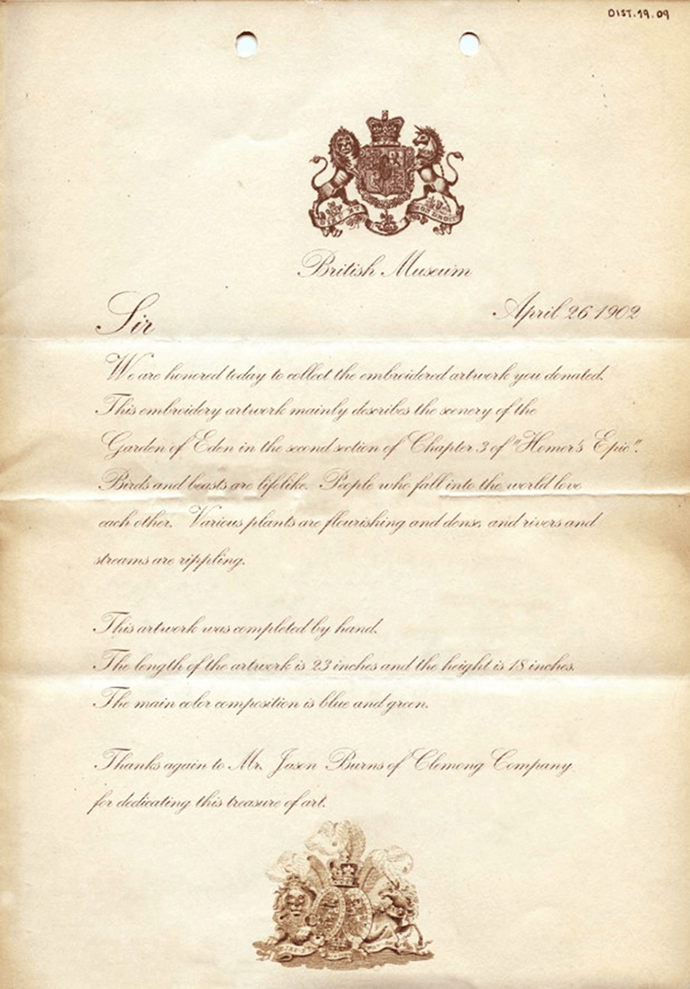
Embroiderer: Jason Burns
Completed on: 1902
British Museum Collection number: 1912,0209.1A
This photo was taken in 2007 and has not faded for a hundred years.
Completed on: 1902
British Museum Collection number: 1912,0209.1A
This photo was taken in 2007 and has not faded for a hundred years.
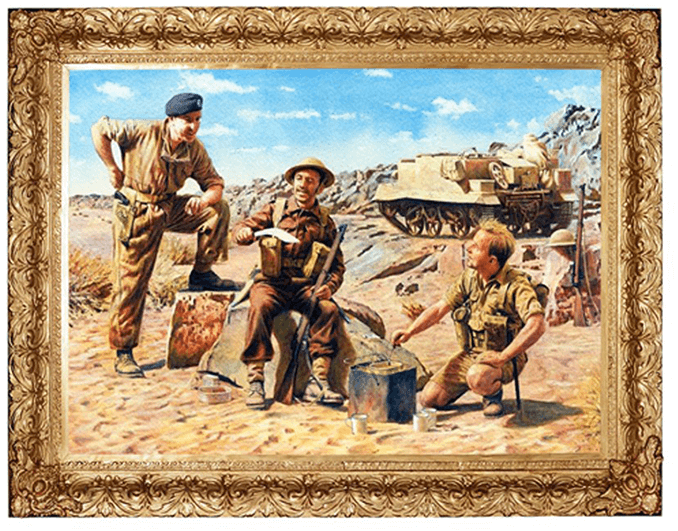
<Tobruk>
The inner diameter of the work: 44cm X 56cm. A total of 41 colors of silk thread were used in this work, which took 117 man-hours.
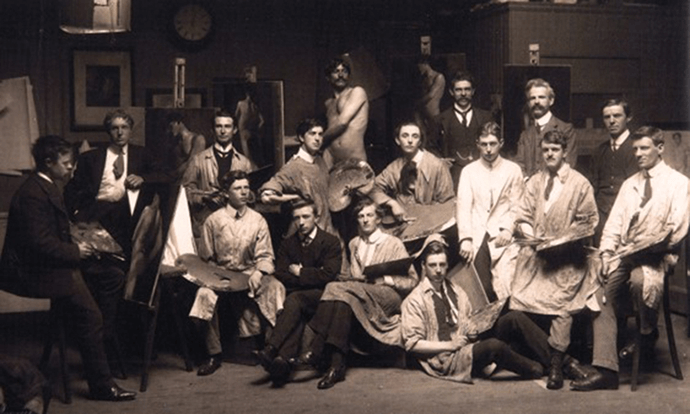
The company's third-generation successor Mr. Alston Burns, his group photo with his classmates at school (second left of first line - Alston Burns).
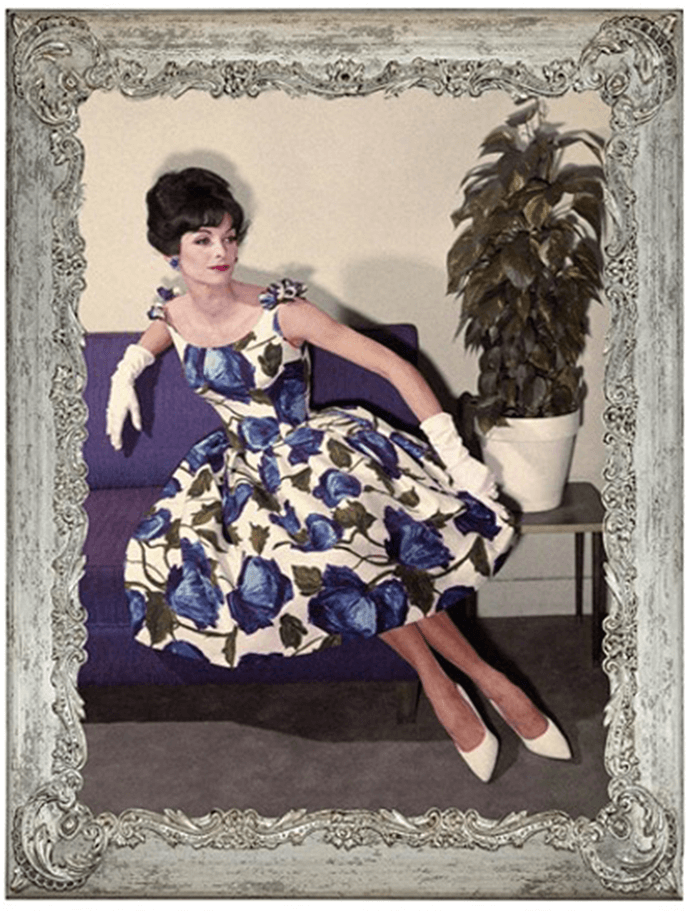
<Marquiline Smith>
Pamela Williams
(1930----2009)
(1930----2009)

<Prince William's Royal Wedding>
Gordon Williams
(1953----)
(1953----)

<Lady Annie>
Roderick Williams
(1977----)
(1977----)

The Clemong Embroidery Gallery, located on Piccadilly Street, London, was the company property purchased by Mr. Jason Burns in 1920, and the property is still in use today.
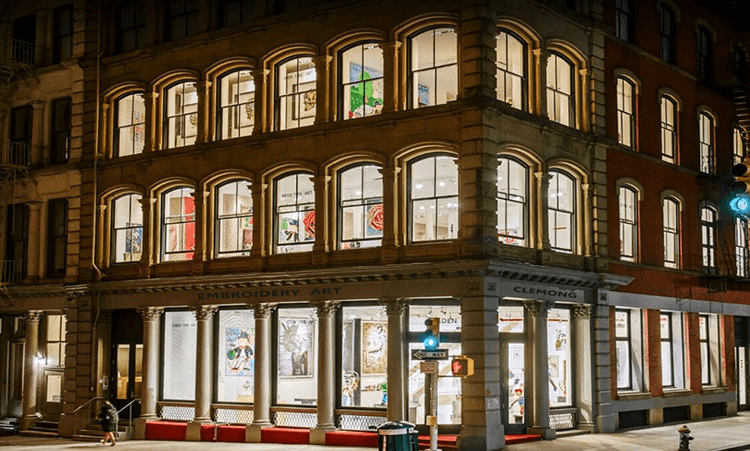
Clemong Embroidery Gallery on Broome Street, Manhattan, New York
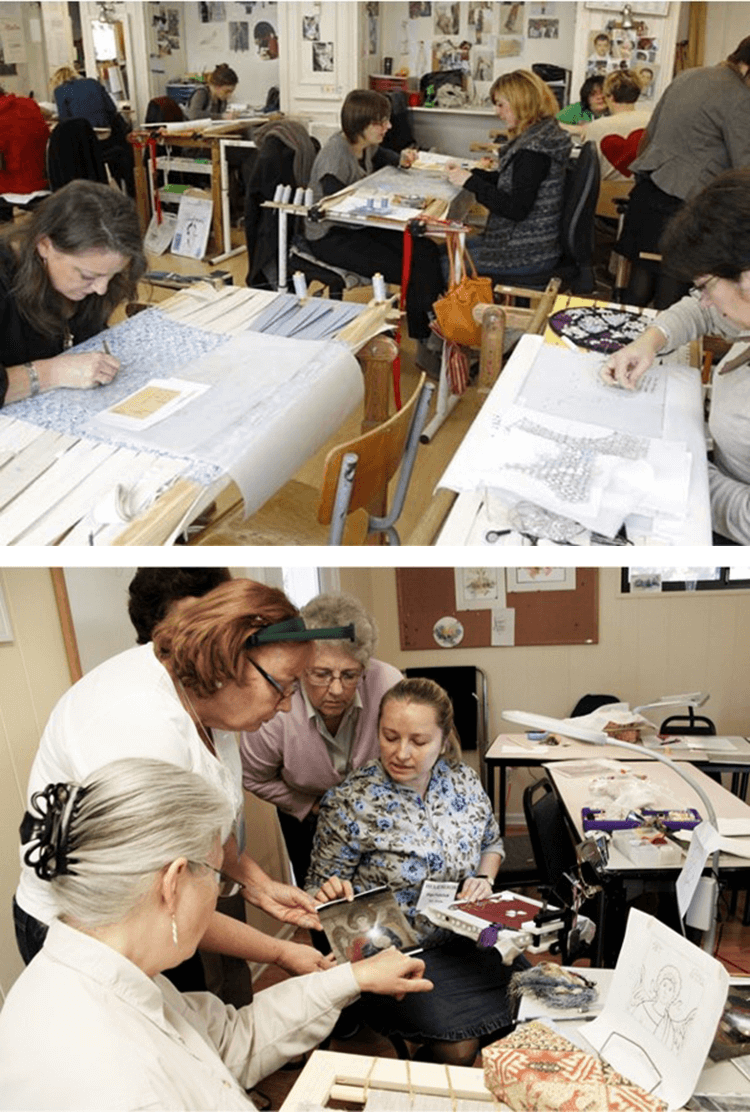
The first institute was established in the United Kingdom in 1970. Focal point for the completion, research and development: The embroidery techniques of traditional Rococo and Neo-Byzantine, focus on the development of stroke painting from Europe and the work of neoimpressionism.
The second institute was established in the United States in 1989. Focal point for the completion, research and development: Embroideries for photos of characters with formal clothes and group photos of characters and embroideries for scenes and real photos.
The third institute was established in the Japan in 2002. Focal point for the completion, research and development: Embroideries of gouache painting, traditional Chinese realistic painting, woodcut and religious theme, based on which the double techniques of brightness adjustment and color treatment are continuously improved.